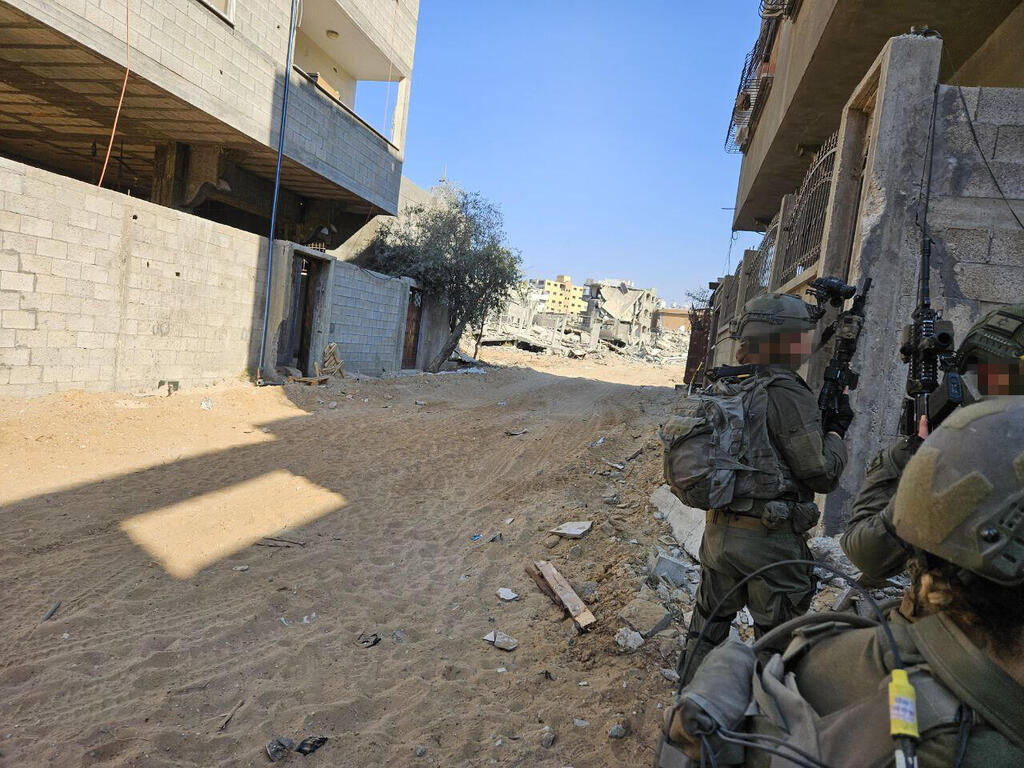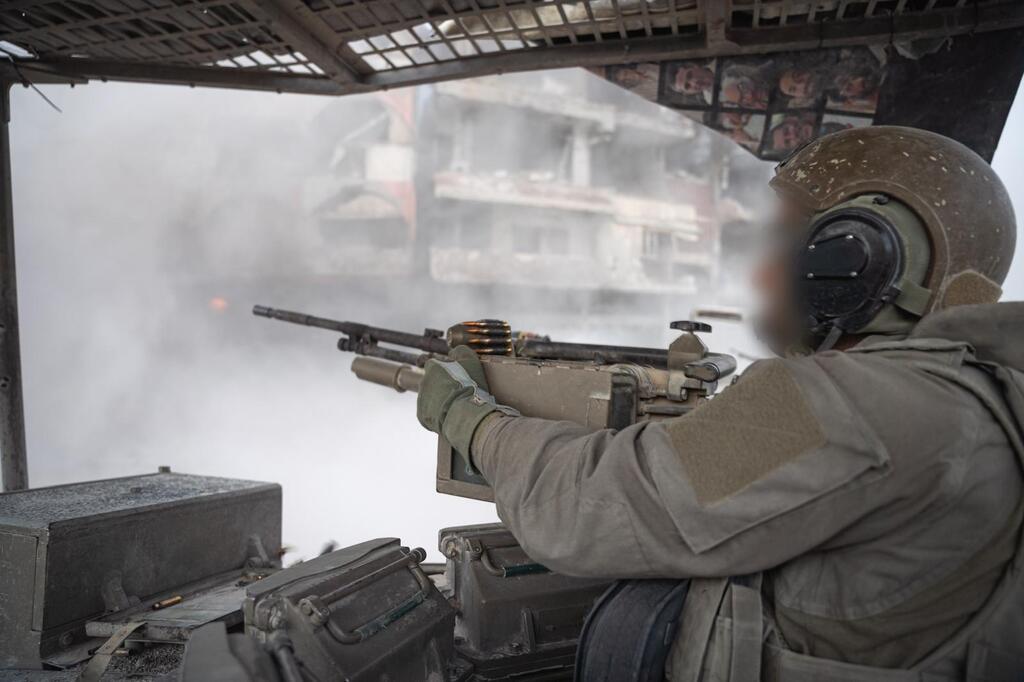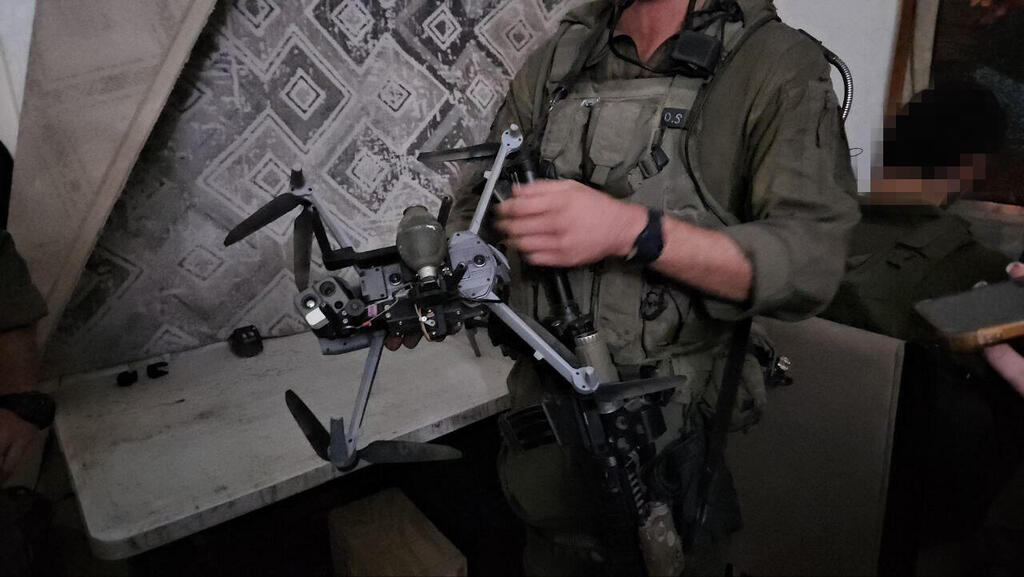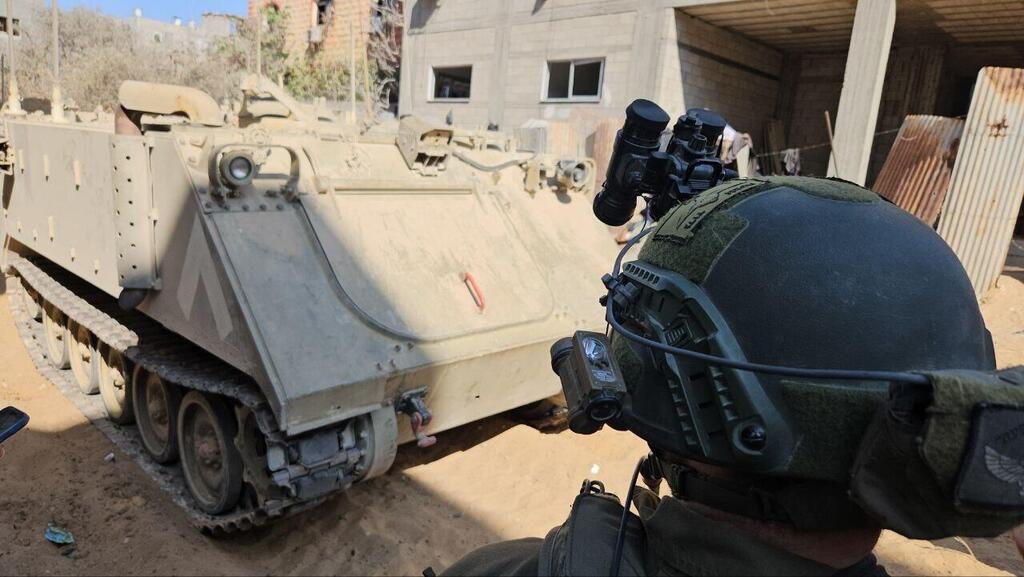Israeli forces have entered the second month of their prolonged operation in Jabaliya, in the northern third of the Gaza Strip, effectively placing the area under siege, the IDF confirmed Tuesday.
During an overnight sniper operation, Givati, Kfir and 401st Brigade units eliminated around 50 Hamas terrorists near the city’s refugee camp.
These casualties add to the roughly 1,000 Hamas terrorists killed since the operation began over a month and a half ago, according to figures from the 162nd Division leading the offensive. The IDF estimates that 500-600 terrorists remain entrenched within the core of Jabaliya’s refugee camp or in nearby towns such as Beit Lahia and Beit Hanoun, with some blending into the civilian population still present in the area.
Meanwhile, of the approximately 70,000 Palestinians originally in the Jabaliya region, the IDF has managed to evacuate around 55,000 southward, mostly to Gaza City. The army continues to apply heavy pressure on those remaining, urging them to move south.
“There is no humanitarian aid reaching the besieged area,” an IDF official said. “Jabaliya is collapsing, and we are neutralizing the remaining hundreds of terrorists. The enemy is on the run and resorting to guerrilla tactics to strike at us.”
The IDF also addressed allegations of civilian casualties and the burning of a school in the area, denying any such incidents. “We’ve investigated claims of mass civilian deaths and the burning of a school—these did not happen,” the army emphasized.
Additionally, the IDF acknowledged the creation of a new cross-Gaza corridor that stretches from the northern border to the sea, effectively cutting the northern part of the Palestinian enclave off from Gaza City. The army is not ruling out maintaining a permanent presence along this corridor.
Hundreds of booby-trapped buildings and elite Ghost Unit at work in Jabaliya
Despite most residents having been evacuated, Israeli forces continue to face numerous challenges in their prolonged operation in Jabaliya, with explosive traps posing the greatest threat. Since the beginning of the raid, IDF forces have discovered over 200 booby-trapped buildings in the area. In two incidents, explosives were triggered inside homes, killing six soldiers—two from the Givati Brigade’s Shaked Battalion and four from the elite Ghost Unit.
For the past several months, the Ghost Unit has been operating in Gaza as part of the 162nd Division’s special forces. Established in 2019 to develop and implement advanced combat techniques and technologies for IDF ground forces, the unit suffered the loss of its commander, Lt. Col. Roy Levy, who was killed in battle at Kibbutz Re’im on October 7.
The unit, small in size with just a company and a half crossing into Gaza, faces the challenge of compensating for limited munitions. With resources diverted to the northern front in Lebanon, forces in Jabaliya have fewer munitions, D9 bulldozers and air support compared to earlier operations. To counter these shortages, Ghost fighters deploy large reconnaissance drones when unmanned aerial vehicles (UAVs) are unavailable, providing continuous surveillance of the built-up areas for soldiers on the frontlines.
In a recent operation, the unit identified and eliminated a group of terrorists attempting to ambush Givati forces. “Instead of firing missiles from a Hermes 450 drone, we’ve killed dozens of terrorists using Iron Ball, a drone that drops simple fragmentation grenades on terrorists and tunnel shafts,” said Lt. Col. Y., commander of the Ghost Unit.
According to him, the unit began using this weapon in January, and while it initially presented accuracy and safety challenges, the soldiers’ intelligence and professionalism have significantly improved its effectiveness. "Now, IDF brigades are using Iron Ball in southern Lebanon as well," he added.
In recent days, the unit also eliminated 10 terrorists hiding in a building using two precision mortar bombs. "These mortars are cheaper and more available than fighter jet bombs. We provide collection and fire capabilities that replace high-level operations, achieving more for less," Lt. Col. Y. said.
In addition to its impressive offensive capabilities, the Ghost Unit has also been developing methods to avoid triggering explosives, including identifying tripwires that activate traps. The terrorists, it was found, have been using simple pressure plates made of blinds with foam strips. "We’re taking extra precautions before soldiers enter for searches, even converting old armored personnel carriers (APCs) for various autonomous uses without soldiers inside," officials added.
As the operation continues with no clear end in sight, commanders in the field are unsure how long they will need to remain in Jabaliya. "In previous operations, we didn’t reach Hamas’ core areas here, but that’s what we’re doing now," they explained. "Hamas has surrounded these areas with large rings of booby traps, and in recent days, civilians have been killed by these devices. According to testimonies from hundreds of detainees, Hamas terrorists have also executed civilians who attempted to flee the city."
Get the Ynetnews app on your smartphone:






